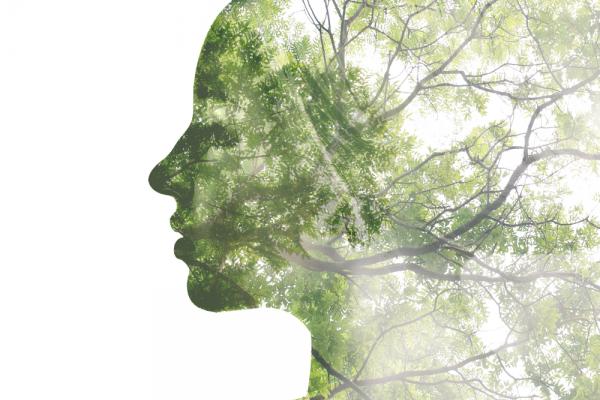Rebecca Solnit, Maria Popova, Ta-Nehisi Coates, and Walter Brueggemann represent cultural figures who model “broad perspectives with specific possibilities, ones that invite or demand that we act.” Hope is necessary for action. Yet a transformed future demands contemplation, as well.
The collective turmoil people experience during political uncertainty, systemic oppression, and natural disasters have potential to unlock deep places of human connection. When collectively we are at our worst, let us look back at what we’ve overcome — and remember our deep connection to one another into the future. Contemplative practice is the figurative room in which we experience the freedom to remember and courage to respond. It is what it means to have hope as a spiritual practice.
Read the Full Article

